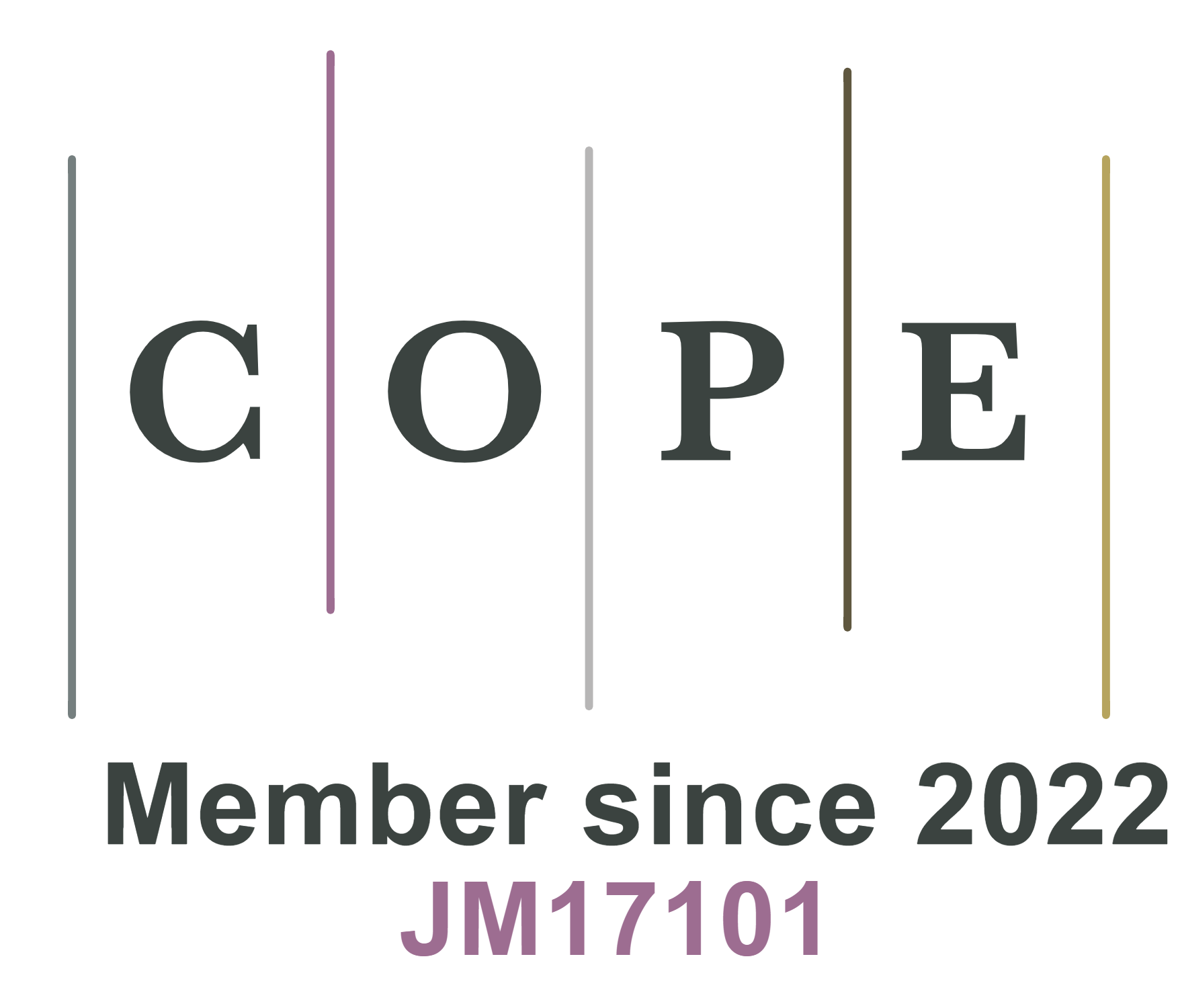Advancing green hydrogen: next-generation AEMs with reduced hydrogen crossover
Abstract
This study reports the synthesis and characterization of anion exchange membranes (AEMs) tailored for application in alkaline water electrolysis for green hydrogen production. Novel membranes were developed by crosslinking polybenzimidazole (PBI) and poly(vinylbenzyl chloride) (PVBC) in a 1:2 ratio, followed by quaternization with either 1,4-diazabicyclo[2.2.2]octane (DABCO) or 1-methylpyrrolidine (MPY). Their performance was benchmarked against commercial membranes, including Fumasep® FAA-3-50 and Dapozol M-40. The membranes were thoroughly characterized by scanning electron microscopy with energy-dispersive X-ray spectroscopy (SEM-EDX), IR and Raman spectroscopies, ionic conductivity, ion exchange capacity, water uptake and swelling measurements. Additionally, molecular dynamics simulations were performed to determine the diffusion coefficients of OH- and H2, providing further insight into ion transport and gas permeability at the molecular level. Electrochemical performance was evaluated in a flow-cell configuration under different pretreatment protocols. A key result of this work is the superior gas-barrier performance of the synthesized membranes. In stability electrolysis tests, both DABCO- and MPY-based membranes showed significantly reduced hydrogen crossover, 36% lower than FAA-3-50, decreasing from approximately 2.7% to just 1.7% H2 detected at the anode. This reduction in crossover is critical for enhancing efficiency and safety in hydrogen production. While FAA-3-50 delivered the best overall performance in short test activation conditions, the synthesized membranes demonstrated highly competitive performance and notable improvements in selectivity and stability. Dapozol M-40 was excluded for further analysis due to poor electrochemical performance.
These findings confirm the potential of tailored PBI/PVBC-based membranes for advanced alkaline electrolysis applications.
Keywords
Anion exchange membranes, alkaline water electrolysis, green hydrogen production, low hydrogen crossover, polybenzimidazole/poly(vinylbenzyl chloride) membranes, molecular dynamics
Cite This Article
Herranz D, del Mazo-Sevillano P, Rodríguez S, Gijón A, Avilés Moreno JR, Ocón P. Advancing green hydrogen: next-generation AEMs with reduced hydrogen crossover. Energy Mater 2025;5:[Accept]. http://dx.doi.org/10.20517/energymater.2025.142













